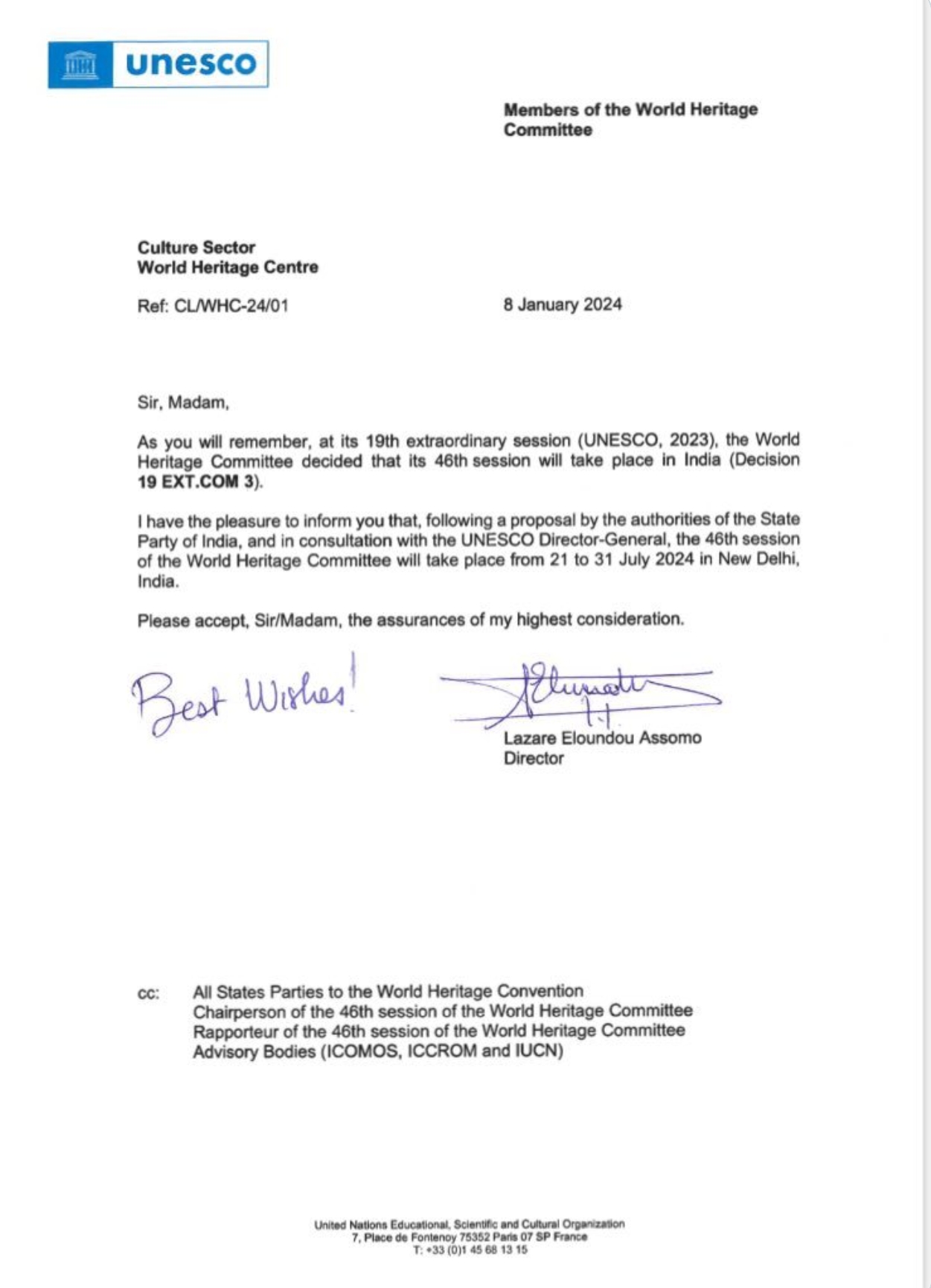
India Will Chair and Host UNESCO’s World Heritage Committee for The First Time in the Convention’s History
India will host the 46th session of UNESCO’S WHC meeting, a historic first for India.

India will host the 46th session of UNESCO’S WHC meeting, a historic first for India.

The most remarkable architectural achievement of the Hoysala is the numerous intricately carved stone temples in star shaped plans. The architecture of the Hoysalas is a hybrid of the nagara style of temple architecture of north India and the dravidian style from the South.
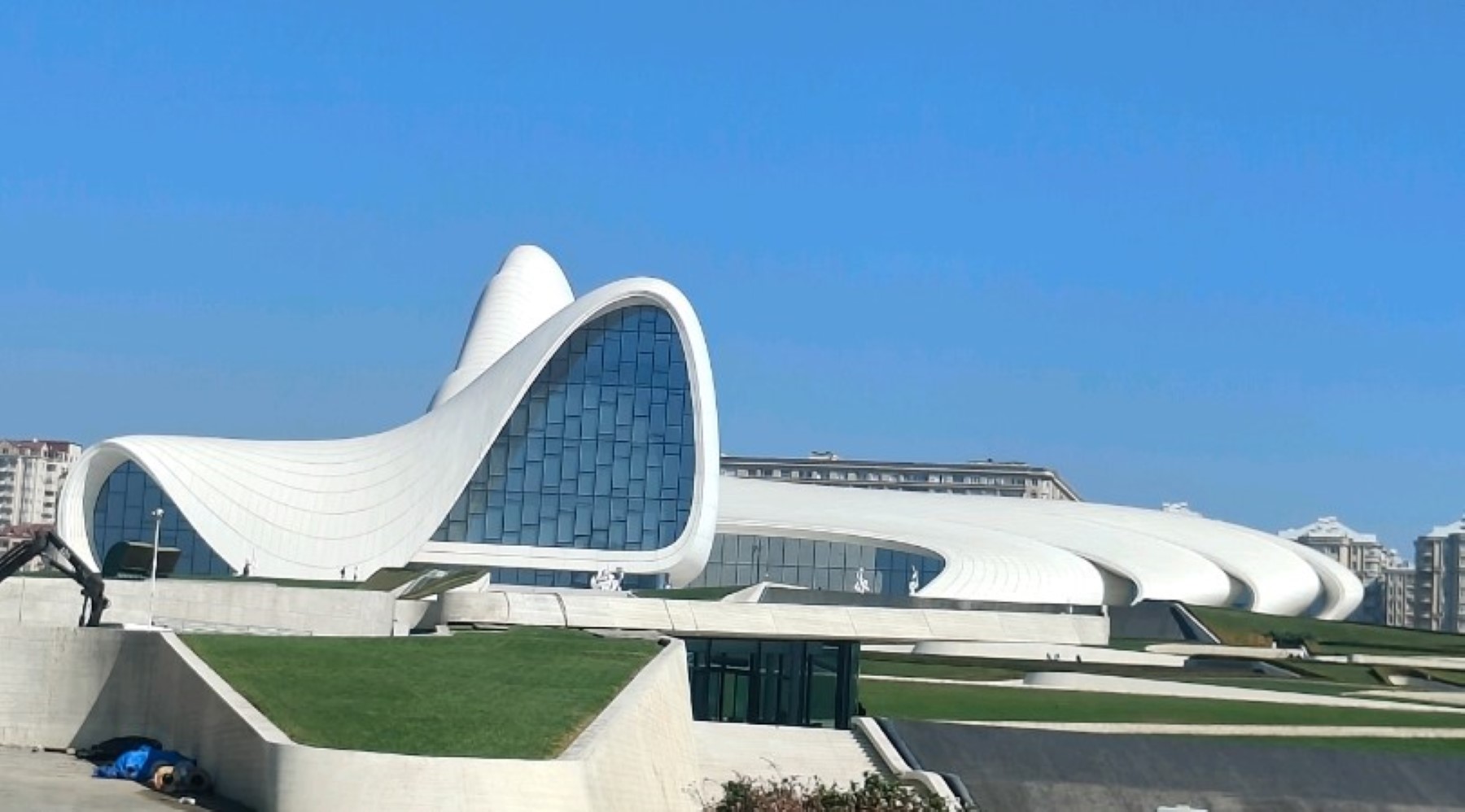
Suneet Paul writes about Azerbaijan, once a war-torn nation, emerging as a captivating blend of ancient and modern, as he focusses on Baku (Azerbaijan’s capital) that blends ancient and modern architecture, from the UNESCO-listed Old City with its Maidan Tower to contemporary landmarks like the Flame Towers and Heydar Aliyev Centre.
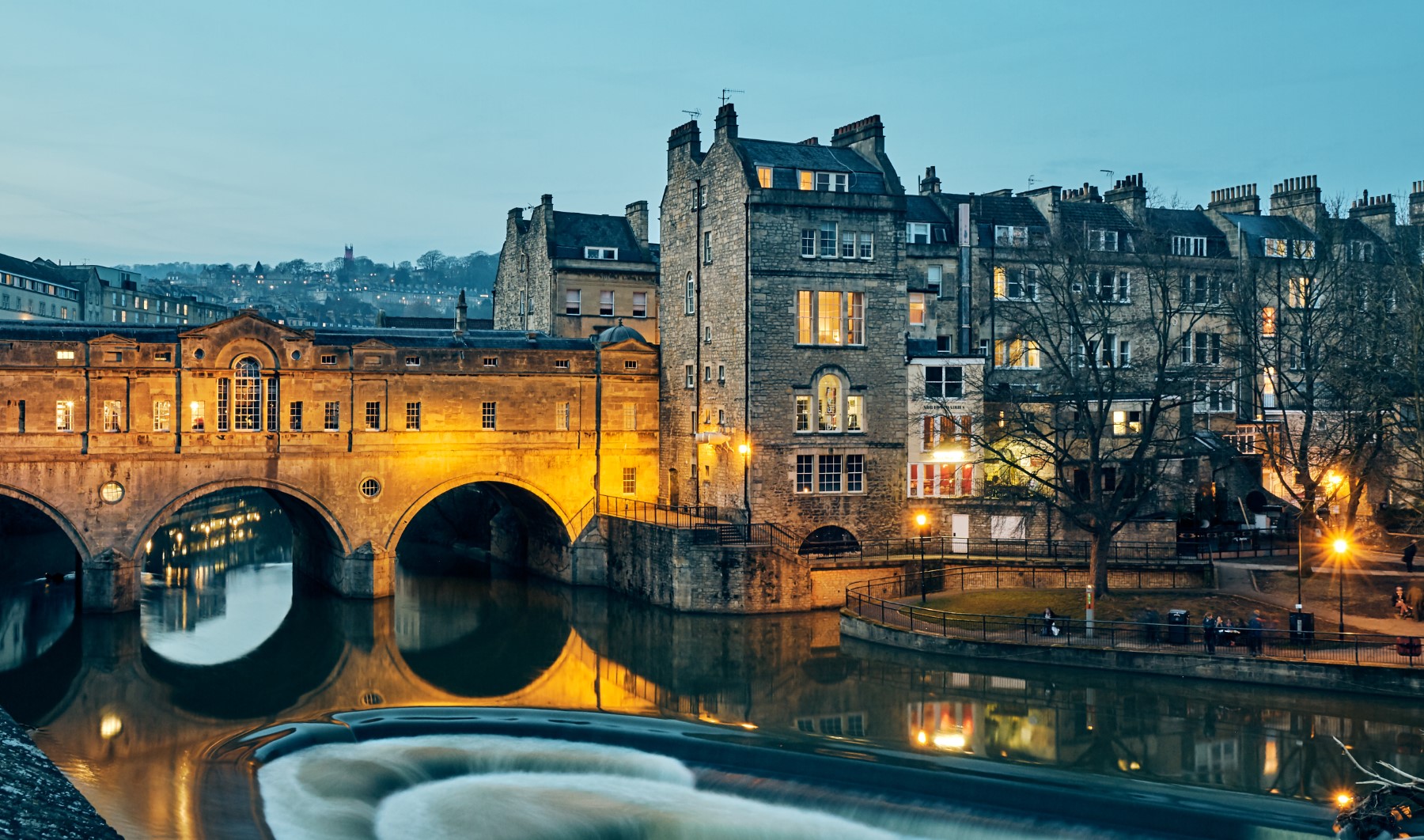
Suneet Paul writes about Bath, England’s UNESCO World Heritage Site known for its well-preserved Georgian architecture and rich history.

The series “Architectural Heritage in India” concludes with Gurmeet Sangha Rai highlighting the community-based approach towards heritage, the importance of the people and culture in heritage, and valuing indigenous practices and knowledge systems.
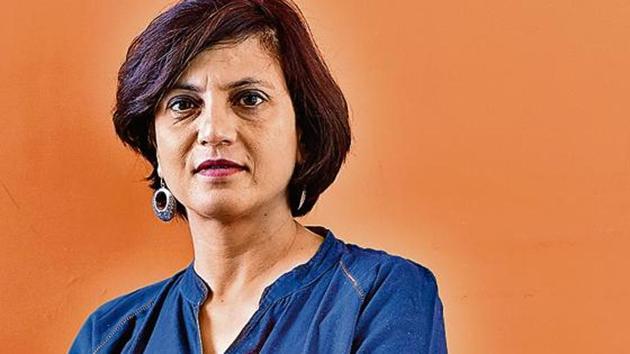
Architectural Heritage in India series begins with a conversation with Dr. Shikha Jain, focussing on DRONAH’s work, challenges in working with different institutions, and architectural pedagogy.

Several concerned citizens,have expressed their anguish at the wanton destruction of Army Public School, MHOW, an indelible heritage landmark of the city and have appealed that the demolition be halted till a satisfactory resolution can be arrived at.

An insightful tribute, Sarbjit Singh Bahga sheds light on the lesser-known but influential figure, Madhav Achwal (03.11.1925 – 21.01.1980), an eminent architect and educationist. Bahga vividly recounts his personal encounter with Achwal during a thesis examination, highlighting the architect’s practical approach and contributions to architectural education, along with showcasing Achwal’s noteworthy projects and his multifaceted legacy in literature.

The essay discusses the past, present, and future of the Chabutro’s in Ahmedabad from the author’s perspective based on their time spent there. Chabutro’s serve as markers and play a significant role in placemaking. The essay emphasizes the importance of Chabutro, highlighting the connection it holds for a potential future as a new wayfinding tool. This essay by Prakriti is amongst the shortlisted essays.

The essay titled ‘Beyond the Skyline: Public Utilities and Their Influence on the City’ discusses the most fundamental requirement for the floating population, i.e., adequate public utilities. The persisting utilities are in a desolate condition with inefficient services and infrastructure. Progressing towards a livable Jaipur city, which is inclusive, safe and secure and prioritizes the holistic well-being of its inhabitants; an investment in utilities for the public is imperative. This essay by Simran Gandhi is among the special mentions.
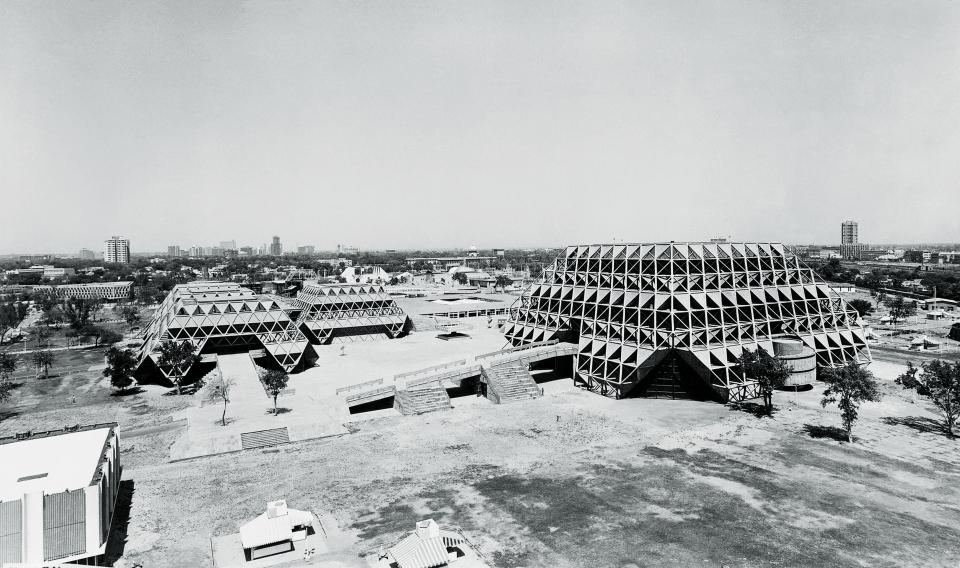
Rama Raghavan and Sivagami Periannan deliberating on the existing and alternate realities of a site of collective memory, Pragati Maidan.

Meera Iyer, an independent researcher, on the Sacred Ensembles of the Hoysala Temples, that recently made to the UNESCO World Heritage List.
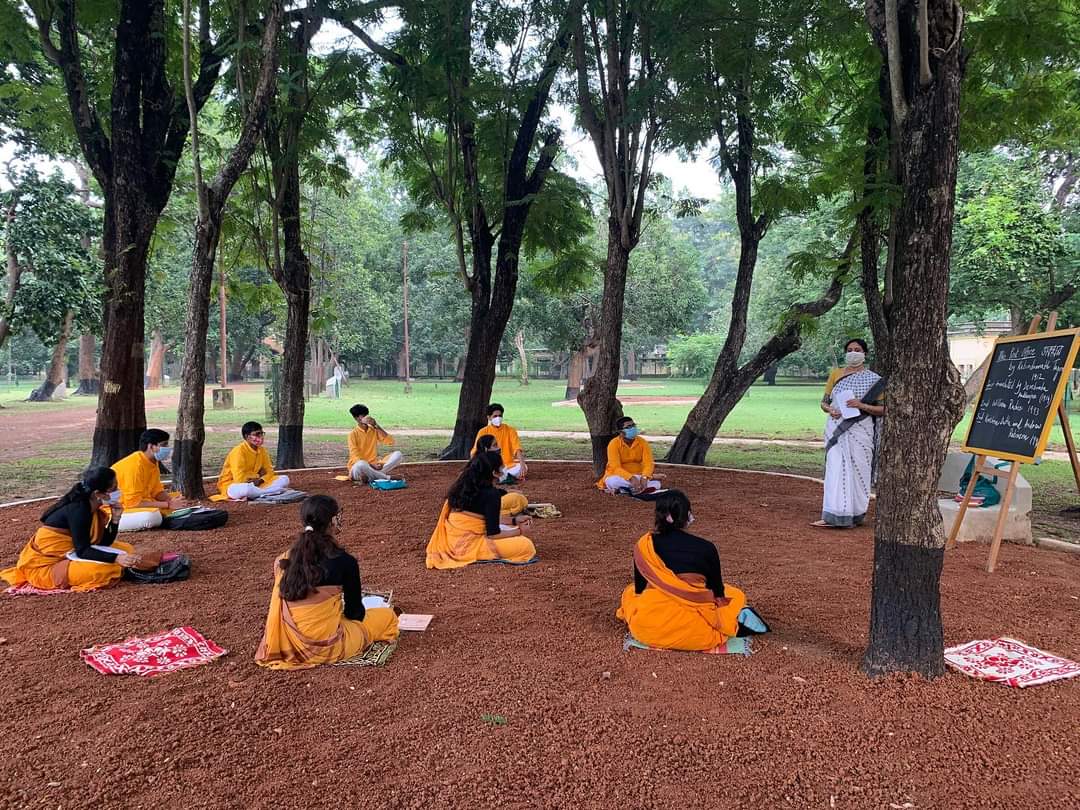
As Santiniketan makes it to the UNESCO’s World Heritage List, Manish Chakraborti who was a part of the team leaders for the preparation of the UNESCO Nomination Dossier for Santiniketan, shares his thoughts on the value of the place.

Santiniketan, located in West Bengal, India, has been included in the prestigious World Heritage List. This recognition highlights the historical and cultural significance of Santiniketan,

Durganand Balsavar, ARTES ROOTS COLLABORATIVE, reviews the book ‘Conservation And The Indian City’, conceptualised, curated, and edited by Poonam Verma Mascarenhas and Vinayak Bharne.
Stay inspired. Curious.
© ArchiSHOTS - ArchitectureLive! 2024